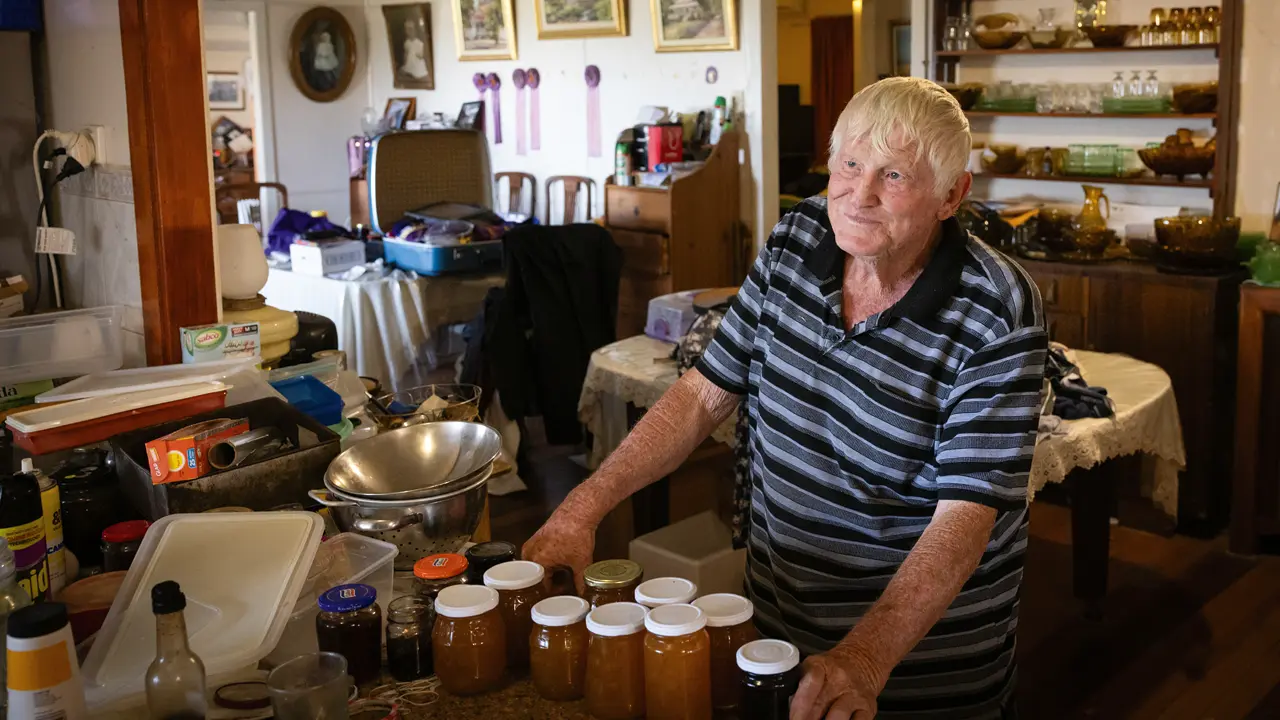Tiny Pumpkin Island, which was mistakenly named by Captain Cook and once changed hands in a poker game, may be the Great Barrier Reef’s best-kept secret.
Story By Chris Pritchard
Pumpkin Island isn’t the Great Barrier Reef’s best-known island. But the couple running this pinprick-small resort wouldn’t change anything about the place that once changed hands in a poker game.
Its cocoon of obscurity conceals away-from-it-all charm. “We’re certainly not high profile,” says leaseholder Wayne Rumble. “But we keep the cottages filled, relying on guests telling friends. We’ve no promotional budget but manage nicely.”
Wayne and partner Laureth Craggs took over three years ago. It was a gift. Newly arrived from South Africa, they mulled their options until Wayne’s father, then operating Pumpkin Island, gave the lease to his son. “We were gobsmacked,” Wayne says. The couple moved in and began upgrading.
Wayne’s father purchased the lease in 2003. The vendor was Roger Mason, a property developer who won it playing poker with an oyster collector named Snigger Findlay. Snigger used the isle as a 1930s base for his shellfish business. It later fell into disuse. Roger and Snigger enjoyed occasional card games and, one day, a confident Snigger told Roger he could have the lease for £50 – if he won at poker. Roger confounded a stunned Snigger by winning. A deal’s a deal so Roger and his wife Merle opened their small resort 47 years ago.
After Wayne’s father took charge, he employed managers. But, three years ago, Wayne and Laureth were slack-jawed at dinner when the older Rumble announced he was giving Wayne the lease. But there was one catch. The resort needed work. A visitor who stayed a year before the couple took over remembers it as “terribly tired”.
On taking over, Wayne and Laureth reinvented the resort, giving the Masons’ creation a complete overhaul. They gutted the five cottages (a sixth is their home), kitchens gained modern appliances and barbecue facilities were installed on sea-facing decks. With the help of backpackers, Wayne tackled construction while Laureth supervised furnishing and interior decoration. Her own art hangs on walls, incorporating flotsam she found on beach walks. “I modelled interiors on upscale hotels,” she says. “Towels are fluffy, bathroom amenities first-class.” Cottages are cleverly spaced, seeming more isolated than they are.
This story excerpt is from Issue #77
Outback Magazine: June/July 2011









